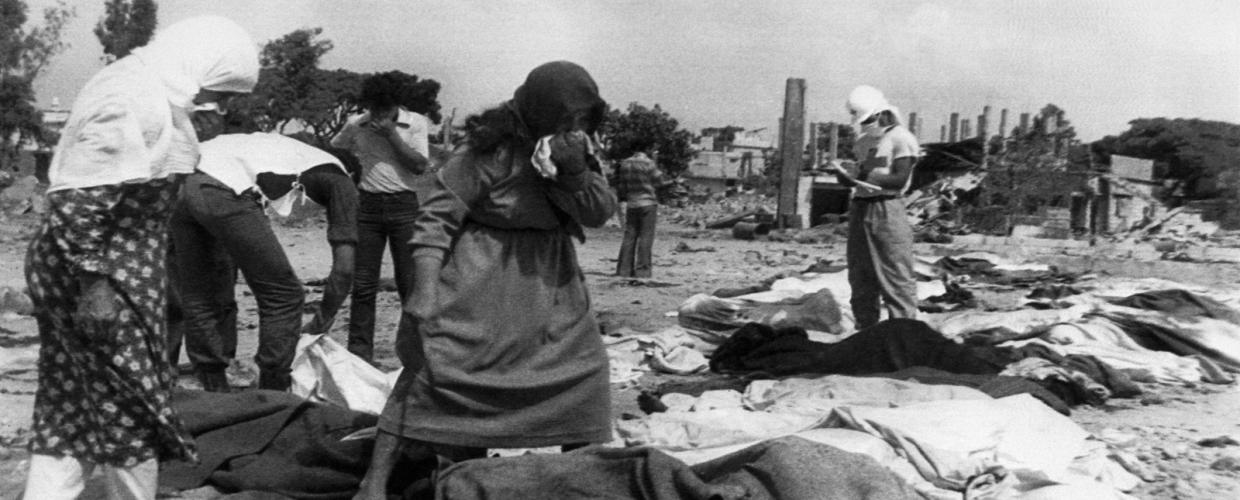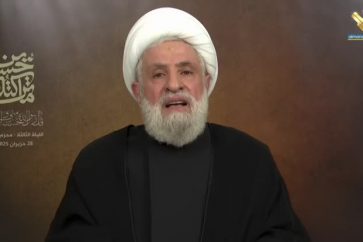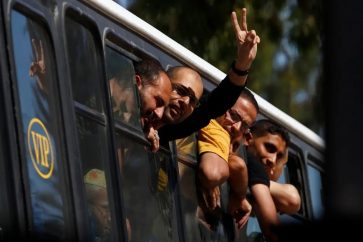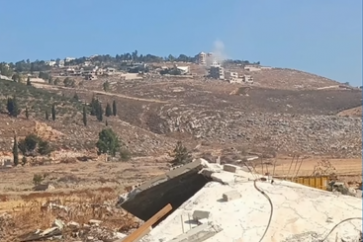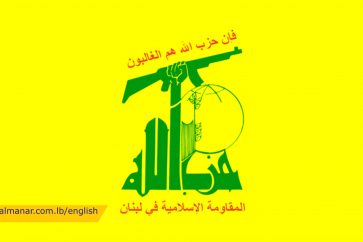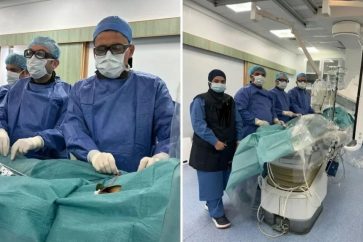For long years, anti-Hezbollah parties in Lebanon used to portray the resistance movement as a group that adopts what they called “culture of death.” A lot has been said as part of foreign-backed campaigns aimed at tarnishing the image of Hezbollah.
 “Our Lebanon is different from yours,” a slogan used in a recent anti-Hezbollah campaign launched by several Lebanese parties, on top of which are the Lebanese Forces party and the Phalanges party.
“Our Lebanon is different from yours,” a slogan used in a recent anti-Hezbollah campaign launched by several Lebanese parties, on top of which are the Lebanese Forces party and the Phalanges party.
The new, but also old, campaign spared no accusation to aim against the Lebanese resistance movement: Starting by affiliation to Iran and not ending by corruption claims.
For many, some of these accusations may be raised for discussion. However, the accusation of the so-called “culture of death” which Hezbollah allegedly “propagates for”, entirely poses a paradox.
The paradox here lies in the fact that those who launch such accusation lack major values and morals any “culture of life”, which they boast about, needs.
A “culture of life” is by no mean based on killings and massacres carried out by militias affiliated with the Phalanges party in the seventies and eighties of the last century.
The Lebanese Forces party was the military wing of Phalanges party and then broke away from in 1982.
Both parties were notorious for committing horrible massacres of Tal Al-Zaatar in 1976 and Sabra and Shatila in 1982.
Tal Al-Zaatar Massacre
The siege of Tal Al-Zaatar was an armed siege of a fortified, UNRWA-administered refugee camp housing Palestinian refugees in northeastern Beirut, that ended on August 12, 1976 with the massacre of at least 1,500 people. The siege and the massacre were carried out by Christian Lebanese militias.
Recalling the massacre, journalist and writer on world affairs Helena Cobban published on Monday, September 26, 2022, a video that describes atrocities committed during the siege of Tal Al-Zaatar.
Ow wow. This must have been a pre-1992 interview with me. Big h/t to @asadabukhalil for tagging me in it. (Sorry I haven’t been on Tw much recently. Maybe I should return more…) https://t.co/0DQsk13YeT
— Helena Cobban (@helenacobban) September 26, 2022
Sabra and Shatila
The Sabra and Shatila was the killing of between nearly 3,500 civilians, mostly Palestinians and Lebanese by the militia of the Lebanese Forces, the military wing of the Phalanges party. President Bachir Gemayel, the former chief of the Phalanges party, had been assassinated two days before the massacre over his ties with the Israeli enemy, and the Phalangists wanted to avenge. Between 16 September and 18 September 1982, a widespread massacre was carried out by the militia, while the Israeli occupation forces had the camp surrounded.
The video below, prepared by The Middle East Eye talks more about the massacre.
Hezbollah, Lebanese Militia Are Not Alike
In his latest speech (on September 17, 2022), Hezbollah Secretary General Sayyed Hasan Nasrallah recalled the Sabra and Shatila massacre. His eminence hit back at Lebanese Forces party and Phalanges party without mentioning them by thanking Allah that Hezbollah resistance and the two pro-Israel groups are not alike.
“To those who committed Sabra and Shatila massacre and accuse us of believing in the so-called culture of death we say: Thank God we are not alike. This massacre is some of your culture. Culture of death means Sabra and Shatila massacre while culture of life means liberating south without even killing a hen,” Sayyed Nasrallah said, referring to the 2000 Liberation of south Lebanon from Israeli occupation and the peaceful behavior of Hezbollah fighters in dealing Israeli collaborators in the area.
Source: Al-Manar English Website

